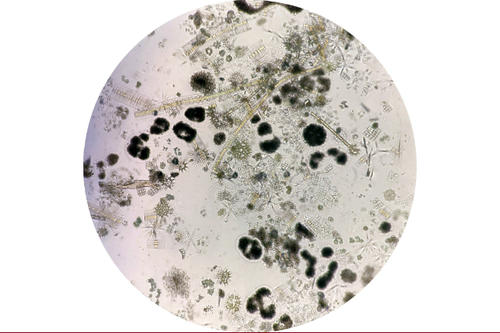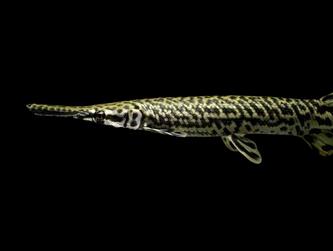
Animal and plant species are being lost at alarming rates around the world, which has been dubbed the "global biodiversity crisis." This is alarming because more biodiverse communities help ecosystems function at higher rates and help them maintain important ecosystem services, like plant growth and nutrient uptake. For more than three decades, scientists have been trying to better understand how biodiversity loss will affect ecosystem functioning and provisioning of ecosystem services.
Most studies have shown that greater species richness (i.e., a higher number of species) contribute to higher rates of ecosystem functioning. However, the research has largely focused on species richness as the only measure of biodiversity using local experimental plots in grasslands. This narrow focus has led to difficulties trying to predict how ecosystems will respond to changes in other measures of biodiversity. Such measures include species evenness (i.e., how evenly individuals are distributed among different species), which is a common aspect of biodiversity.
However, there is also a lack of understanding in the scientific community of how other types of ecosystems, such as lakes, might respond or if responses in different regions are similar within those ecosystems.
Recently published research from the University of Minnesota Duluth Natural Resources Research Institute (NRRI) in the journal Ecology Letters suggests species richness is not the only, nor necessarily the most accurate, way to measure biodiversity impacts on ecosystems. A stronger measure to predict how well the ecosystem is functioning is determining how evenly the species are distributed.
Researchers performed statistical analyses on a water quality dataset of more than one thousand U.S. lakes that were monitored as part of the U.S. Environmental Protection Agency’s National Lakes Assessment Program in 2012. They measured biodiversity of lake algae, known as phytoplankton, for both species richness and species evenness. Ecosystem functioning was measured as the amount of plankton produced per unit resource (i.e., resource use efficiency).
The study found that:
-
phytoplankton evenness had stronger effects on phytoplankton and zooplankton resource use efficiency (RUE) than phytoplankton richness;
-
phytoplankton evenness had opposing effects on phytoplankton and zooplankton RUE, including unexpected negative effects on phytoplankton RUE;
-
these biodiversity effects were consistent across regions that differed greatly in climate and land use throughout the United States
"Before this study, we thought negative evenness effects were rare and only found in lakes with the worst water quality. Our findings suggest these effects are fairly common in lakes throughout the U.S.," said NRRI limnologist Chris Filstrup, lead author of the study and an expert in limnology and freshwater resources management.
To better understand biodiversity effects within and across trophic levels, the researchers quantified resource use efficiency for phytoplankton and the microscopic crustaceans that feed on algae (zooplankton). Relationships between biodiversity and ecosystem functioning were then created for the national dataset and for each of nine individual regions.
“We were surprised that evenness effects were relatively consistent in regions that differed greatly in climate and land use,” said Filstrup. “Think about how lakes look in the forested northeastern U.S. versus those in the agricultural midwestern U.S. These lakes look different due to differences in how they formed, their physical dimensions and their water quality characteristics. Although we know that these regional characteristics can lead to differences in processes occurring in lakes, they didn't appear to change the effects of evenness on ecosystem functioning.”
According to Filstrup, findings from this study suggest species evenness, in addition to species richness, should be considered when trying to predict how ecosystems will change in response to biodiversity loss. Additionally, biodiversity loss at one trophic level - its position in the food chain - can have very different effects on different trophic levels, which has implications for aquatic food webs. He added that conservation management strategies aiming to protect species and the services provided by ecosystems should consider these important, but often overlooked, aspects.
Katelyn King and Ian McCullough from Michigan State University were co-authors on the study.
The study was funded by the National Science Foundation.
- Categories:
- Agriculture and Environment





